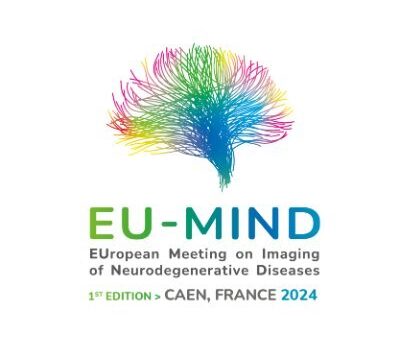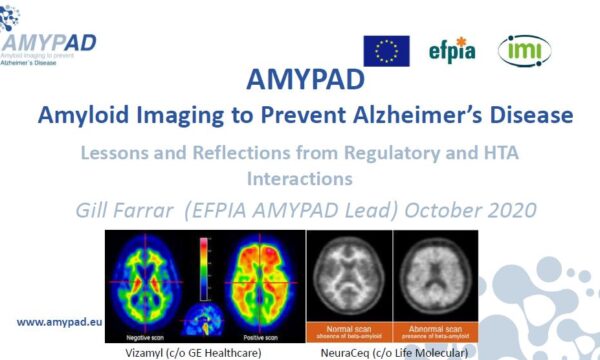What is your current role on AMYPAD?
I am biostatistician and image analyst at Life Molecular Imaging participating in AMYPAD since the beginning of the project. I am mainly involved in the work package 2 (WP2) in charge of tracer delivery, PET scanning and image analysis. This work package has made relevant contributions to the more technical aspects of AMYPAD. I would highlight the set up and validation of the optimal “coffee-break” scanning protocol, the in-depth assessment of the centiloid method to harmonize data from the two radioligands used in the study and the work being conducted to harmonise the data acquired in different imaging sites.
What is your overall vision?
AMYPAD will provide novel knowledge to better understand different aspects of Alzheimer’s disease. Information provided by AMYPAD will be key to assess the relevance of amyloid imaging for the clinical diagnosis of Alzheimer’s disease and to understand the natural history of Alzheimer’s disease in the earliest stages or in population at risk to develop the disease. The results of the project could improve the diagnostic work-up and management of people suspected to have Alzheimer’s disease and to improve the design and enrichment of clinical trials of disease modifying drugs.
What do you find most challenging about the project?
The size of AMYPAD is at the same time its strength and its main challenge. The participation of multiple sites allows AMYPAD to address very ambitious scientific questions by conducting simultaneously two multicentre clinical trials recruiting thousands of participants. At the same time, this requires complex coordination of activities conducted in different sites spread across Europe, and an extensive work to analyse and interpret the data generated.



